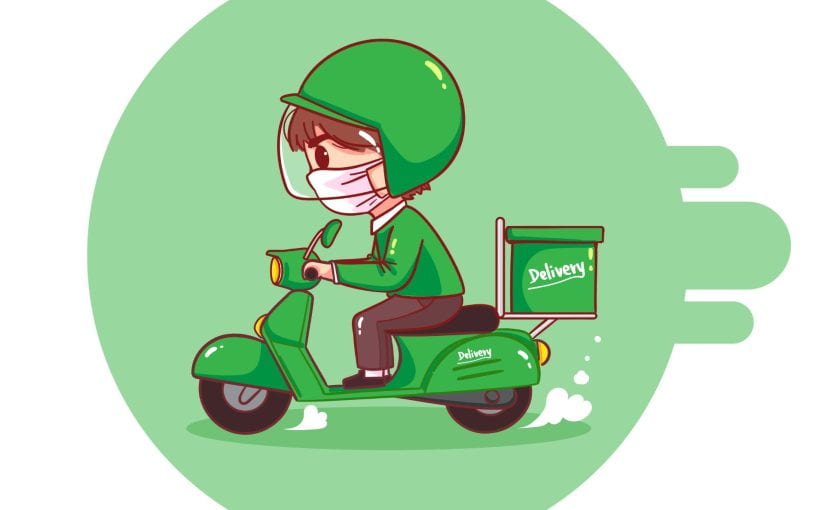In today’s fast-paced world, convenience is king. People are constantly seeking ways to simplify their lives, and on-demand service apps have emerged as a solution to meet this demand. Among the pioneers of this industry, Gojek has stood out with its comprehensive platform offering a wide range of services, from transportation to food delivery and beyond.
If you’re considering entering the on-demand services market, developing a Gojek clone app can be a lucrative venture. With the right approach and strategy, you can tap into this growing market and provide users with the convenience they crave.
Understanding the Gojek Model
Before developing a gojek clone app, it’s essential to understand the key features and functionalities that make Gojek successful. At its core, Gojek is a multi-service platform that connects users with service providers through a single app. Here are some of the main services typically offered on a Gojek clone app:
- Transportation Services: Ride-hailing for taxis, motorcycles, and other modes of transportation.
- Food Delivery: Ordering food from restaurants and having it delivered to your doorstep.
- Parcel Delivery: Sending and receiving packages and parcels.
- Grocery Delivery: Ordering groceries and other essentials for delivery.
- Payment Services: Digital wallet functionality for cashless transactions.
- Home Services: Booking cleaners, handymen, and other home service professionals.
Steps to Develop Your Gojek Clone App
Now that you have a clear understanding of the Gojek model, let’s explore the steps involved in developing your own Gojek clone app:
- Market Research: Conduct thorough market research to identify your target audience, their needs, and preferences. Analyze existing on-demand service apps to understand their strengths and weaknesses.
- Feature Selection: Determine which services you want to offer on your platform and prioritize features based on their importance and feasibility within your budget and timeline.
- Technology Stack: Choose the right technology stack for your gojek clone app, including programming languages, frameworks, and databases. Consider scalability, security, and user experience when making your selections.
- Design and User Experience: Design an intuitive and user-friendly interface for your app, focusing on easy navigation and seamless interactions. Pay attention to branding and visual elements to create a memorable user experience.
- Development: Work with experienced developers to bring your app to life, ensuring that it meets all functional requirements and integrates seamlessly with third-party services and APIs.
- Testing: Conduct comprehensive testing to identify and address any bugs or issues before launching your app. Test for usability, performance, security, and compatibility across different devices and platforms.
- Launch and Marketing: Plan a strategic marketing campaign to generate buzz and attract users to your app. Leverage social media, influencer marketing, and targeted advertising to reach your target audience and encourage downloads.
- Growth and Expansion: Continuously monitor and analyze user feedback and app metrics to identify areas for improvement and optimization. Explore opportunities for expansion into new markets or additional services to fuel long-term growth.
Conclusion
Gojek clone app development requires careful planning, execution, and ongoing maintenance. By following the steps outlined in this guide and staying focused on delivering value to your users, you can build a successful on-demand service platform that stands out in the crowded marketplace. With convenience at their fingertips, users will flock to your app, driving growth and profitability for your business.
